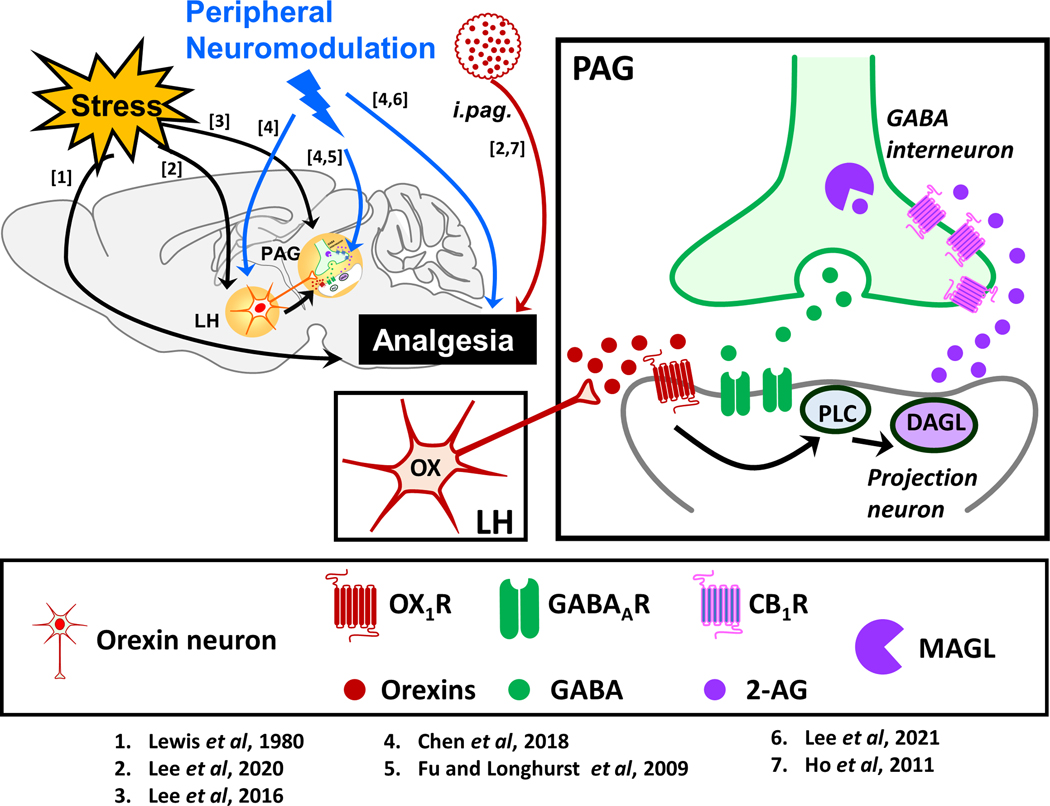Fig. 2. A proposed working model demonstrating the involvement of orexin-initiated endocannabinoid signaling in stress- and peripheral neuromodulation-induced analgesia.
The periaqueductal gray (PAG) is known to be a pivotal brain region mediating the supraspinal analgesic effect of orexins (red circles) as intra-PAG (i.pag.) microinjection of orexin was shown to produce analgesia in rodents via activation of OX1 receptors (OX1Rs, red receptor) in the projection neuron (grey neuron). Through the phospholipase C (PLC)–diacylglycerol lipase (DAGL) pathway, activation of OX1Rs leads to the production of 2-arachidonoylglycerol (2-AG, purple circles), an endocannabinoid (eCB) that travel retrogradely to activate presynaptic CB1 receptors (CB1Rs, pinkish-purple receptor) on the terminal of the GABA neuron (green neuron), resulting in decreased GABA (green circles) release, and thus disinhibition of the projection neuron, leading to analgesia. This orexin-initiated eCB signaling in the PAG was reported to mediate opioid-independent stress- and peripheral neuromodulation-induced analgesia, via activating orexin neurons (red neuron) in the lateral hypothalamus (LH). The numbers in square brackets refer to the numbers assigned to the supporting studies depicted below the schemas. The images of neurons, ligands and receptors are adapted from Illustration Toolkit Neuroscience by Motifolio.

